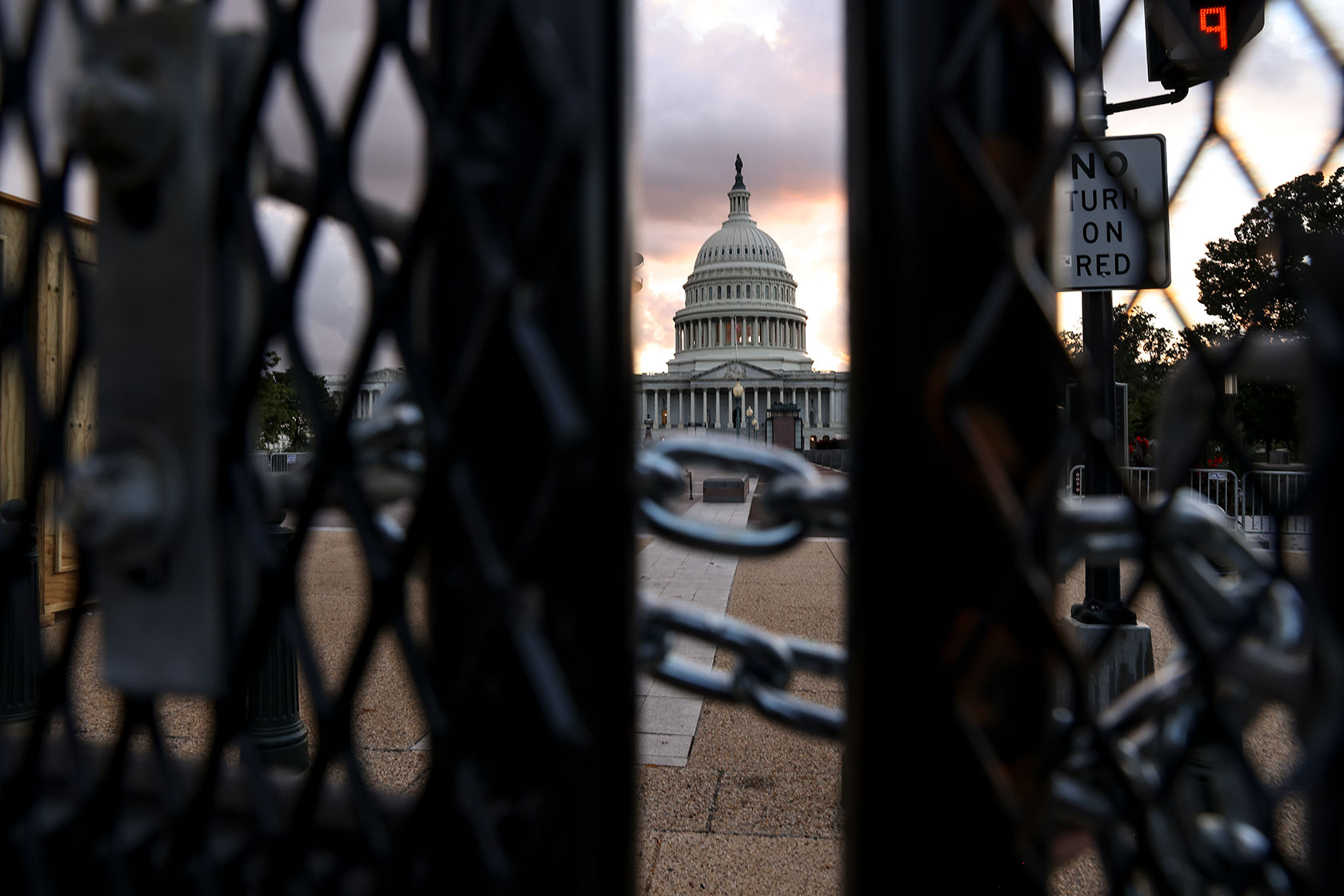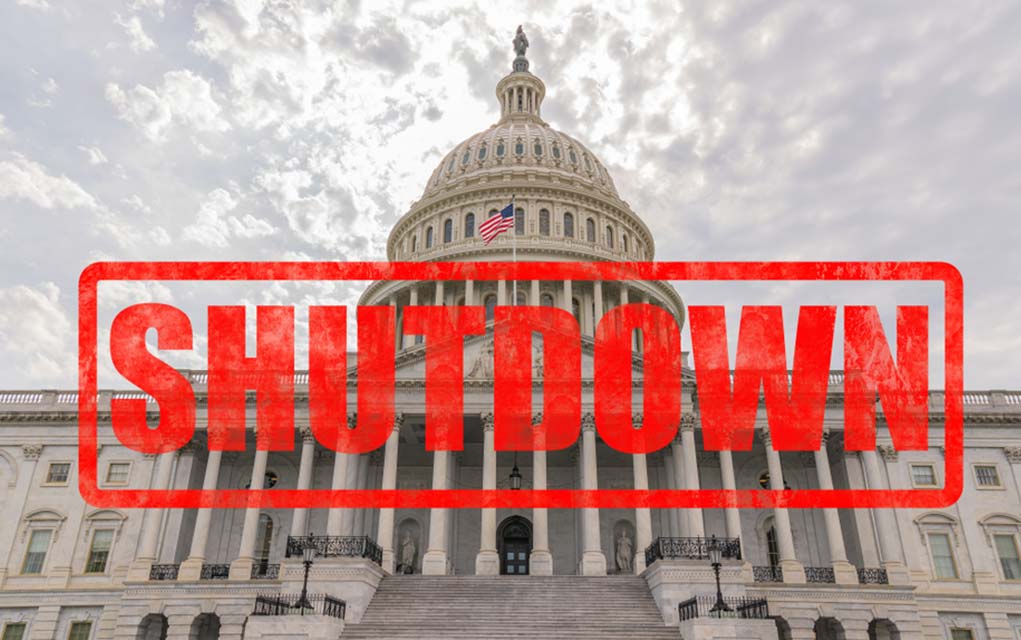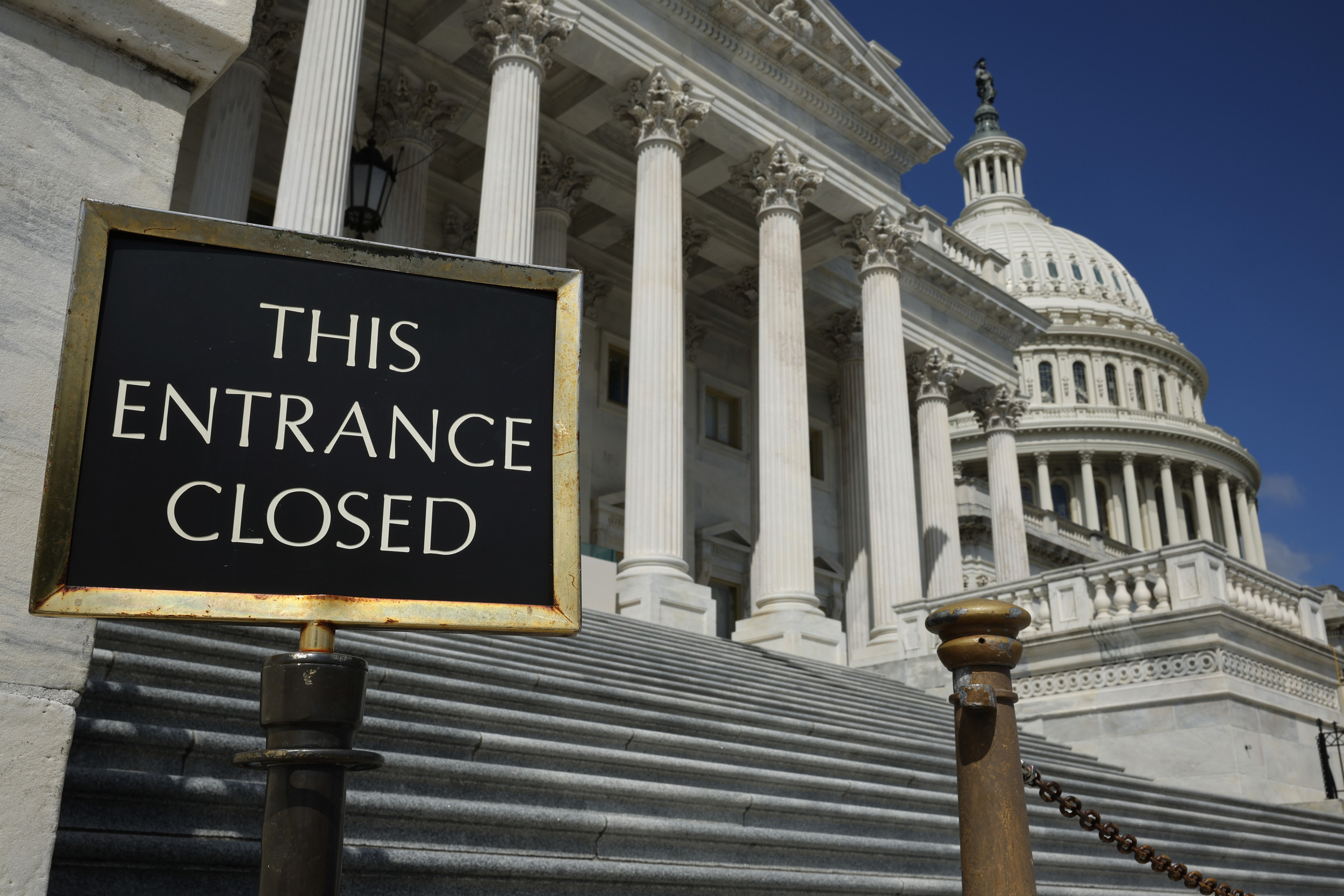What Happens When the Government Shuts Down
A government shutdown occurs when the legislative and executive branches of the federal government fail to agree on a budget or appropriations bill, leading to a lapse in funding for government agencies and services. This can have far-reaching consequences for citizens, businesses, and the economy as a whole. When the government shuts down, many federal agencies are forced to cease operations, resulting in the furlough of hundreds of thousands of government employees. National parks, museums, and other public attractions are often closed, causing disruptions to tourism and local economies.
The impact of a government shutdown can be felt across various sectors, including healthcare, finance, and education. For instance, the shutdown can delay the processing of Medicare and Medicaid claims, affecting healthcare providers and patients. Similarly, the shutdown can disrupt the operations of the Federal Housing Administration, impacting the mortgage industry and homebuyers. Furthermore, the shutdown can affect the distribution of federal funds to schools and universities, causing uncertainty for students and educators.
In addition to these tangible effects, a government shutdown can also have a profound impact on the economy. A shutdown can lead to a decline in consumer confidence, causing individuals to reduce their spending and investment. This, in turn, can lead to a decrease in economic growth, as businesses and industries that rely on government services and contracts are forced to scale back their operations. According to a report by the Congressional Budget Office, the 2018-2019 government shutdown resulted in a loss of $11 billion in economic output.
Despite the significant consequences of a government shutdown, it is essential to note that essential services, such as law enforcement, emergency medical services, and the military, continue to operate during a shutdown. However, these services may be impacted by the shutdown, as they may have to rely on reduced staffing or limited resources.
As the frequency and duration of government shutdowns have increased in recent years, it is crucial for citizens to understand the implications of a shutdown and to be prepared for the potential consequences. By staying informed and taking proactive steps, individuals can minimize the impact of a government shutdown on their lives and businesses.
How to Prepare for a Potential Government Shutdown
As the threat of a government shutdown looms, it is essential for individuals to take proactive steps to prepare for the potential consequences. One of the most critical steps is to build an emergency fund, which can provide a financial safety net in case of a shutdown. This fund should cover at least three to six months of living expenses, including rent/mortgage, utilities, food, and transportation.
In addition to building an emergency fund, individuals should also stock up on essential supplies, such as non-perishable food items, bottled water, and medications. This can help ensure that they have access to basic necessities in case of a shutdown. Furthermore, individuals should stay informed about the latest developments and updates on the shutdown, including news on government services, national parks, and other affected areas.
Staying informed can be achieved through reliable news sources, such as government websites, news outlets, and social media. However, it is crucial to verify information through credible sources to avoid misinformation and rumors. Individuals can also sign up for emergency alerts and notifications from their local government or emergency management agency to stay informed about the shutdown.
Another critical aspect of preparation is to have a plan in place for alternative arrangements, such as childcare or pet care, in case of a shutdown. This can help minimize disruptions to daily life and ensure that essential needs are met. Furthermore, individuals should review their insurance policies, including health, auto, and home insurance, to ensure that they have adequate coverage in case of a shutdown.
For businesses, preparation is also key to minimizing the impact of a government shutdown. This can include developing a contingency plan, identifying essential employees and services, and establishing communication channels with customers and stakeholders. Businesses can also explore alternative funding options, such as loans or grants, to help mitigate the financial impact of a shutdown.
By taking proactive steps to prepare for a potential government shutdown, individuals and businesses can minimize the impact of a shutdown and ensure that they are better equipped to handle the consequences. Whether it is building an emergency fund, stocking up on essential supplies, or staying informed, preparation is key to navigating the challenges of a government shutdown.
The Reasons Behind a Government Shutdown
A government shutdown occurs when the legislative and executive branches of the federal government fail to agree on a budget or appropriations bill, leading to a lapse in funding for government agencies and services. The reasons behind a government shutdown are often complex and multifaceted, involving disagreements over budget allocations, policy disputes, and partisan gridlock.
One of the primary reasons for a government shutdown is disagreements over budget allocations. The federal budget is a complex document that outlines the government’s spending priorities for the upcoming fiscal year. However, the budget process can be contentious, with different branches of government having different priorities and ideologies. For example, the 2018-2019 government shutdown was caused by a dispute over funding for a border wall, with President Trump insisting on $5.7 billion in funding and Democrats refusing to provide it.
Policy disputes are another common reason for a government shutdown. The federal government is responsible for implementing a wide range of policies, from healthcare to education to national security. However, different branches of government may have different views on how to implement these policies, leading to disagreements and gridlock. For example, the 2013 government shutdown was caused by a dispute over the Affordable Care Act, with Republicans attempting to defund the law and Democrats refusing to compromise.
Partisan gridlock is also a significant contributor to government shutdowns. The federal government is divided into two parties, each with its own ideology and priorities. However, this division can lead to gridlock, with each party refusing to compromise or work with the other. For example, the 1995-1996 government shutdown was caused by a dispute between President Clinton and Congressional Republicans over the budget, with each side refusing to budge.
Examples of past government shutdowns and their causes include the 1976 shutdown, which was caused by a dispute over funding for the Department of Health, Education, and Welfare; the 1981 shutdown, which was caused by a dispute over funding for the Department of Defense; and the 1990 shutdown, which was caused by a dispute over funding for the Department of the Interior.
Understanding the reasons behind a government shutdown is essential for developing strategies to prevent or mitigate its impact. By analyzing past shutdowns and their causes, policymakers and citizens can identify areas of potential conflict and work to find common ground and compromise.
How a Government Shutdown Affects Different Industries
A government shutdown can have far-reaching consequences for various industries, including healthcare, finance, and tourism. In the healthcare sector, a shutdown can impact the delivery of medical services, particularly for patients who rely on government-funded programs such as Medicare and Medicaid. Hospitals and healthcare providers may experience delays in reimbursement for services rendered, leading to financial strain and potential disruptions in care.
In the finance sector, a government shutdown can affect the processing of loans and other financial transactions. The Federal Housing Administration (FHA), for example, may experience delays in processing mortgage applications, leading to uncertainty for homebuyers and the housing market. Additionally, the shutdown can impact the operations of the Securities and Exchange Commission (SEC), leading to delays in the review and approval of financial transactions.
The tourism industry is also significantly impacted by a government shutdown. National parks, monuments, and other public attractions are often closed during a shutdown, leading to lost revenue for local businesses and communities. According to a report by the National Park Service, the 2018-2019 government shutdown resulted in an estimated loss of $11 million per day in visitor spending.
In addition to these industries, a government shutdown can also affect the operations of small businesses, particularly those that rely on government contracts or funding. A shutdown can lead to delays in payment for goods and services, causing cash flow problems and potential disruptions in operations.
Furthermore, a government shutdown can have a ripple effect on the broader economy, leading to reduced consumer spending, decreased economic growth, and potential job losses. According to a report by the Congressional Budget Office, the 2018-2019 government shutdown resulted in a loss of $11 billion in economic output.
Understanding the impact of a government shutdown on different industries is essential for developing strategies to mitigate its effects. By analyzing the potential consequences of a shutdown, businesses and individuals can take proactive steps to prepare and minimize disruptions.
What Services Are Affected During a Government Shutdown
During a government shutdown, many government services are affected, including passport processing, national park access, and federal loan processing. Passport processing, for example, is typically suspended during a shutdown, which can cause delays for citizens who need to travel abroad. National parks, monuments, and other public attractions are also often closed during a shutdown, leading to lost revenue for local businesses and communities.
Federal loan processing is also impacted during a shutdown, which can cause delays for individuals and businesses who rely on these loans. The Federal Housing Administration (FHA), for example, may experience delays in processing mortgage applications, leading to uncertainty for homebuyers and the housing market. Additionally, the shutdown can impact the operations of the Small Business Administration (SBA), leading to delays in processing small business loans.
Other government services that are typically affected during a shutdown include:
- Food assistance programs, such as the Supplemental Nutrition Assistance Program (SNAP) and the Women, Infants, and Children (WIC) program
- Disaster relief services, including the Federal Emergency Management Agency (FEMA)
- Environmental protection services, including the Environmental Protection Agency (EPA)
- Transportation services, including the Federal Aviation Administration (FAA) and the Federal Highway Administration (FHWA)
Despite these disruptions, some essential government services continue to operate during a shutdown, including:
- Law enforcement and national security services, including the Federal Bureau of Investigation (FBI) and the Department of Homeland Security (DHS)
- Emergency medical services, including the Centers for Disease Control and Prevention (CDC) and the National Institutes of Health (NIH)
- Disaster response services, including the Federal Emergency Management Agency (FEMA)
Citizens can access essential services during a shutdown by visiting government websites, contacting their local representatives, or seeking assistance from non-profit organizations. It is essential to verify information through credible sources to ensure accuracy and avoid misinformation.
The Role of Congress in a Government Shutdown
Congress plays a crucial role in a government shutdown, as their inaction or inability to pass a budget and appropriations bills can lead to a shutdown. The Constitution grants Congress the power to approve or reject the President’s budget, and if they fail to do so, the government may shut down.
The budget process typically begins in February, when the President submits a budget proposal to Congress. Congress then reviews and debates the proposal, making changes and amendments as needed. If Congress fails to pass a budget or appropriations bills by the start of the new fiscal year, the government may shut down.
Congressional inaction can lead to a shutdown in several ways. For example, if Congress fails to pass a budget or appropriations bills, the government may not have the necessary funding to continue operating. Additionally, if Congress passes a budget or appropriations bills that the President vetoes, the government may shut down if Congress is unable to override the veto.
There are several reasons why Congress may fail to pass a budget or appropriations bills, leading to a shutdown. These include:
- Disagreements over budget allocations and priorities
- Policy disputes and ideological differences
- Partisan gridlock and lack of bipartisanship
- Failure to compromise and find common ground
Examples of past government shutdowns caused by Congressional inaction include the 1995-1996 shutdown, which was caused by a dispute between President Clinton and Congressional Republicans over the budget, and the 2013 shutdown, which was caused by a dispute between President Obama and Congressional Republicans over the Affordable Care Act.
It is essential for Congress to work together and find common ground to avoid a government shutdown. This can involve compromise, negotiation, and a willingness to listen to different perspectives. By doing so, Congress can ensure that the government remains open and functioning, providing essential services to citizens and supporting the economy.
How to Stay Informed About a Government Shutdown
Staying informed about a government shutdown is crucial for citizens, businesses, and government employees. With the rise of social media and online news sources, it’s easier than ever to stay up-to-date on the latest developments. However, it’s essential to verify information through credible sources to avoid misinformation and rumors.
Reliable news sources, such as The New York Times, The Washington Post, and CNN, provide accurate and timely information about government shutdowns. These sources often have experienced journalists and experts who provide in-depth analysis and commentary on the shutdown.
Government websites, such as the White House website and the Congressional Budget Office website, also provide valuable information about government shutdowns. These websites often have official statements, press releases, and fact sheets that provide detailed information about the shutdown.
Social media platforms, such as Twitter and Facebook, can also be useful for staying informed about government shutdowns. Many government officials, politicians, and news organizations have social media accounts that provide real-time updates and information about the shutdown.
However, it’s essential to be cautious when using social media to stay informed about government shutdowns. Social media platforms can be breeding grounds for misinformation and rumors, so it’s crucial to verify information through credible sources before sharing or believing it.
Some tips for staying informed about government shutdowns include:
- Follow reliable news sources and government websites
- Verify information through credible sources before sharing or believing it
- Use social media platforms to stay up-to-date on the latest developments, but be cautious of misinformation and rumors
- Sign up for emergency alerts and notifications from government agencies and news organizations
By staying informed about government shutdowns, citizens, businesses, and government employees can better prepare for the potential consequences and make informed decisions about their lives and operations.
Lessons Learned from Past Government Shutdowns
Government shutdowns have been a recurring phenomenon in the United States, with 21 shutdowns occurring since 1976. Each shutdown has provided valuable lessons that can inform future shutdowns and help mitigate their impact. By analyzing past shutdowns, we can identify common themes and strategies that can help prevent or minimize the effects of a shutdown.
One of the most important lessons learned from past shutdowns is the importance of bipartisan cooperation. Shutdowns often occur when there is a lack of cooperation and communication between Democrats and Republicans. By working together and finding common ground, lawmakers can avoid shutdowns and pass budgets that benefit the country.
Effective communication is also crucial in preventing shutdowns. Lawmakers, government officials, and citizens must be informed about the potential consequences of a shutdown and the steps being taken to prevent it. Clear and transparent communication can help build trust and prevent misinformation.
Contingency planning is another essential lesson learned from past shutdowns. Government agencies, businesses, and individuals must have plans in place to mitigate the effects of a shutdown. This includes identifying essential services, stockpiling supplies, and having backup plans for critical operations.
Examples of past shutdowns and their causes include:
- The 1995-1996 shutdown, which was caused by a dispute between President Clinton and Congressional Republicans over the budget
- The 2013 shutdown, which was caused by a dispute between President Obama and Congressional Republicans over the Affordable Care Act
- The 2018-2019 shutdown, which was caused by a dispute between President Trump and Congressional Democrats over border security funding
By analyzing these shutdowns and extracting lessons learned, we can better understand the causes and consequences of government shutdowns. This knowledge can inform future shutdowns and help prevent or minimize their impact.
Some key takeaways from past shutdowns include:
- The importance of bipartisan cooperation and communication
- The need for contingency planning and preparation
- The impact of shutdowns on government services, businesses, and citizens
- The importance of verifying information through credible sources
By learning from past shutdowns, we can work towards preventing future shutdowns and ensuring that the government remains open and functioning.






